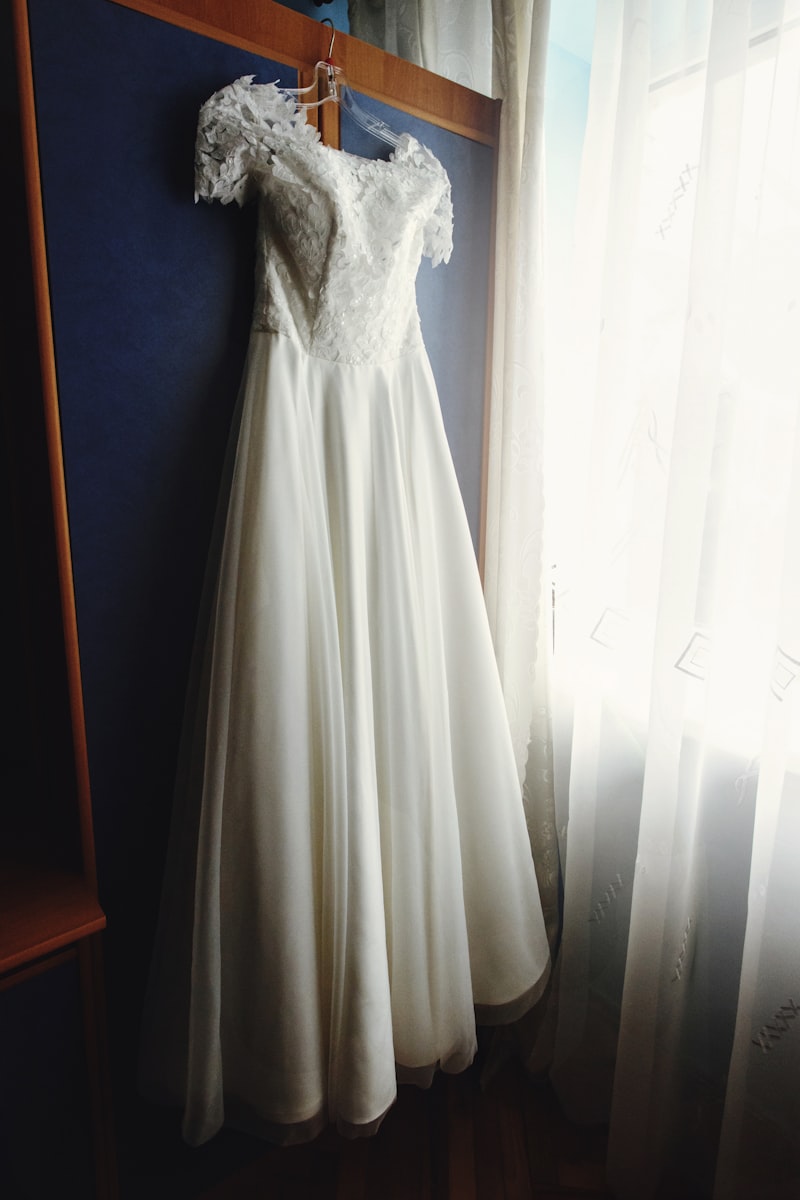The Future of 3D Printing in Wedding Dress Customization
The Future of 3D Printing in Wedding Dress Customization
The Evolution of Wedding Dress Design Through 3D Printing
Weddings are one of the most significant occasions in a person's life, and choosing the perfect wedding dress is paramount. With advancements in technology, particularly in 3D printing, the world of wedding dress customization is set to undergo a radical transformation. This article delves into the future of 3D printing in wedding dress customization, addressing how this technology enhances creativity, sustainability, and personalization.
Understanding 3D Printing Technology
3D printing, also known as additive manufacturing, enables the creation of three-dimensional objects from a digital file. The process involves layering material, which can vary from plastics to metals, based on the design specifications. In the fashion industry, particularly in wedding dress design, this technology encourages innovation and offers endless possibilities.

Why Choose 3D Printed Wedding Dresses?
As couples look for unique ways to express their individuality on their special day, 3D printing offers several advantages:
- Customization: Couples can create a dress that reflects their personality, preferences, and wedding theme.
- Speed: Traditional dressmaking can take months. 3D printing considerably reduces production time.
- Cost-Effectiveness: While initial costs may be high, 3D printing can lower the overall cost by reducing labor and material waste.
- Eco-Friendly: Many 3D printing materials are sustainable, and the process minimizes waste compared to traditional methods.
Current Trends in 3D Printed Wedding Dresses
Many designers are already experimenting with 3D printing technology. Brands like Vera Wang and Marchesa have showcased their designs that incorporate 3D printed elements. Here are some trends to consider:
| Trend | Description |
| Mixed Media | Combining traditional fabrics with 3D printed elements for a unique texture and style. |
| Architectural Designs | Creating structured, avant-garde silhouettes that challenge conventional dress shapes. |
| Intricate Patterns | Developing detailed lacework or floral patterns that are impossible to create with traditional sewing. |
| Interactive Elements | Incorporating technology, such as LED lights within the fabric for a stunning visual effect. |
The Role of Personalization in Wedding Dresses
In an era where personalization is highly sought after, 3D printing allows brides to take ownership of their wedding dress in ways never seen before. From choosing the fabric to designing unique embellishments, the process becomes a collaborative experience between the bride and the designer.
The Future Landscape of 3D Printing in Fashion
As the technology continues to evolve, several possibilities may revolutionize the wedding dress industry:
- On-Demand Production: Rather than buying off-the-rack, brides could design their dress online and have it printed on-demand, eliminating the need for inventory.
- Virtual Reality Try-Ons: Wedding dress customization could be enhanced by VR technology, allowing brides to visualize their designs in real time.
- Collaborative Online Platforms: Future websites may enable brides to connect with designers and 3D print specialists to bring their visions to life.
Sustainability Aspect of 3D Printing
With increasing awareness of environmental issues, the fashion industry is under pressure to adopt more sustainable practices. 3D printing presents an eco-friendly alternative:
- Utilization of biodegradable materials that reduce the environmental footprint.
- Reduction of textile waste, as 3D printing creates only the necessary fabric without excess.
- Encouraging local manufacturing, which minimizes transportation-related emissions.
Challenges Facing 3D Printed Wedding Dresses
Despite the benefits, there are challenges to the widespread adoption of 3D printing in wedding dress customization:
- Material Limitations: Although strides are being made, the range of materials suitable for 3D printing is still less than traditional options.
- Consumer Perception: Many brides may still not trust the durability and aesthetics of 3D printed dresses.
- High Initial Costs: Advanced 3D printers can be expensive, making it difficult for smaller designers to invest.
The Path Forward: What to Expect?
As we move into the next decade, the integration of 3D printing technology in wedding dress customization is expected to grow. Designers will likely become more skilled in marrying traditional techniques with cutting-edge technology. For brides, this means more choices, with the potential for a truly unique wedding dress experience.
Tips for Brides Considering 3D Printed Wedding Dresses
- Research Designers: Investigate local and online designers who specialize in 3D printed wedding dresses.
- Explore Material Options: Understand the benefits and drawbacks of different materials used in 3D printing.
- Plan Ahead: Give ample time for design, printing, and fittings to achieve the perfect dress.
- Embrace Innovation: Be open-minded about experimenting with styles and colors that may not fit traditional norms.
Conclusion
The future of 3D printing in wedding dress customization is bright and full of promise. With personalization, sustainability, and creativity at its helm, this technology can redefine how brides experience their special day. As more designers and brides embrace this innovative practice, the possibilities are endless. Wedding dresses of the future may just be as unique as the love stories they represent.
As you explore options for your wedding dress, consider the benefits and challenges of 3D printing, and don’t hesitate to reach out to designers who can help bring your vision to life.
